History of Broadlawns Medical Center
Early Beginnings
In 1903, Drake University built a medical school in downtown Des Moines. After years of vacancy, the building became a miners’ hospital in 1915, offering care for miners and charity patients. By 1916, it was incorporated as the Miners’ and Industrial Workers’ Hospital with 35 beds.
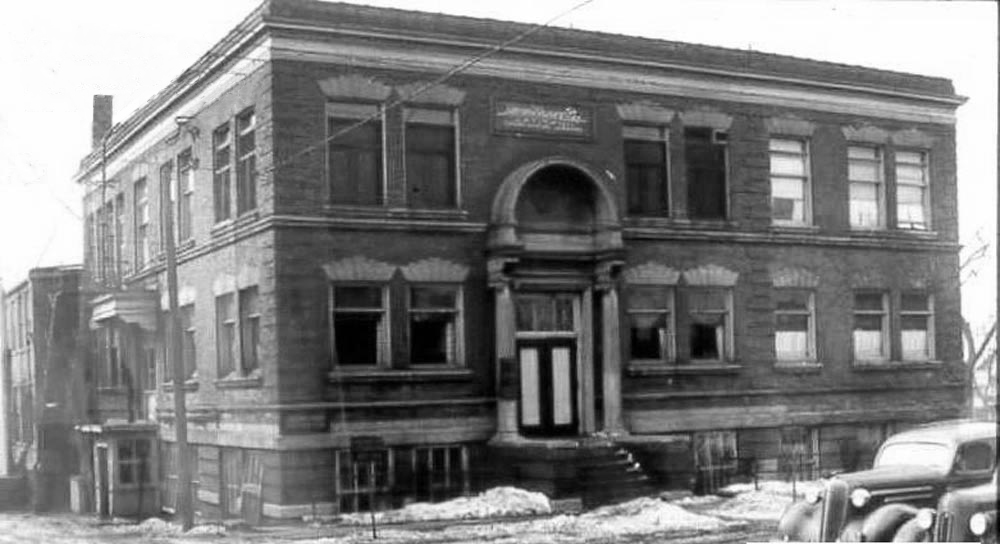
In 1918, the Presbyterian Synod of Iowa purchased and renamed it the Presbyterian Samaritan Hospital, but financial challenges led to the City of Des Moines acquiring the facility for $95,000. During World War I, it served as a treatment center for venereal disease and was later renamed Des Moines City Hospital in 1919.
Building a New Hospital
In 1913, the Iowa Legislature authorized counties to provide care for local tuberculosis patients. Polk County voters approved funding for a new hospital, and in 1922 construction began on a 60-acre site at 18th and Hickman. The hospital opened in 1924 with 60 tuberculosis beds and a 30-bed dormitory for nurses. A nurse from the Iowa State Tuberculosis Association proposed the name “Broadlawns” for the hospital’s expansive lawns.
Growth and Consolidation (1925 - 1943)
A new wing was added in 1925, and that same year, city and county health services were consolidated into what became Broadlawns Polk County Public Hospital. By 1943, a new 150-bed acute care facility opened, modernizing care during World War II.
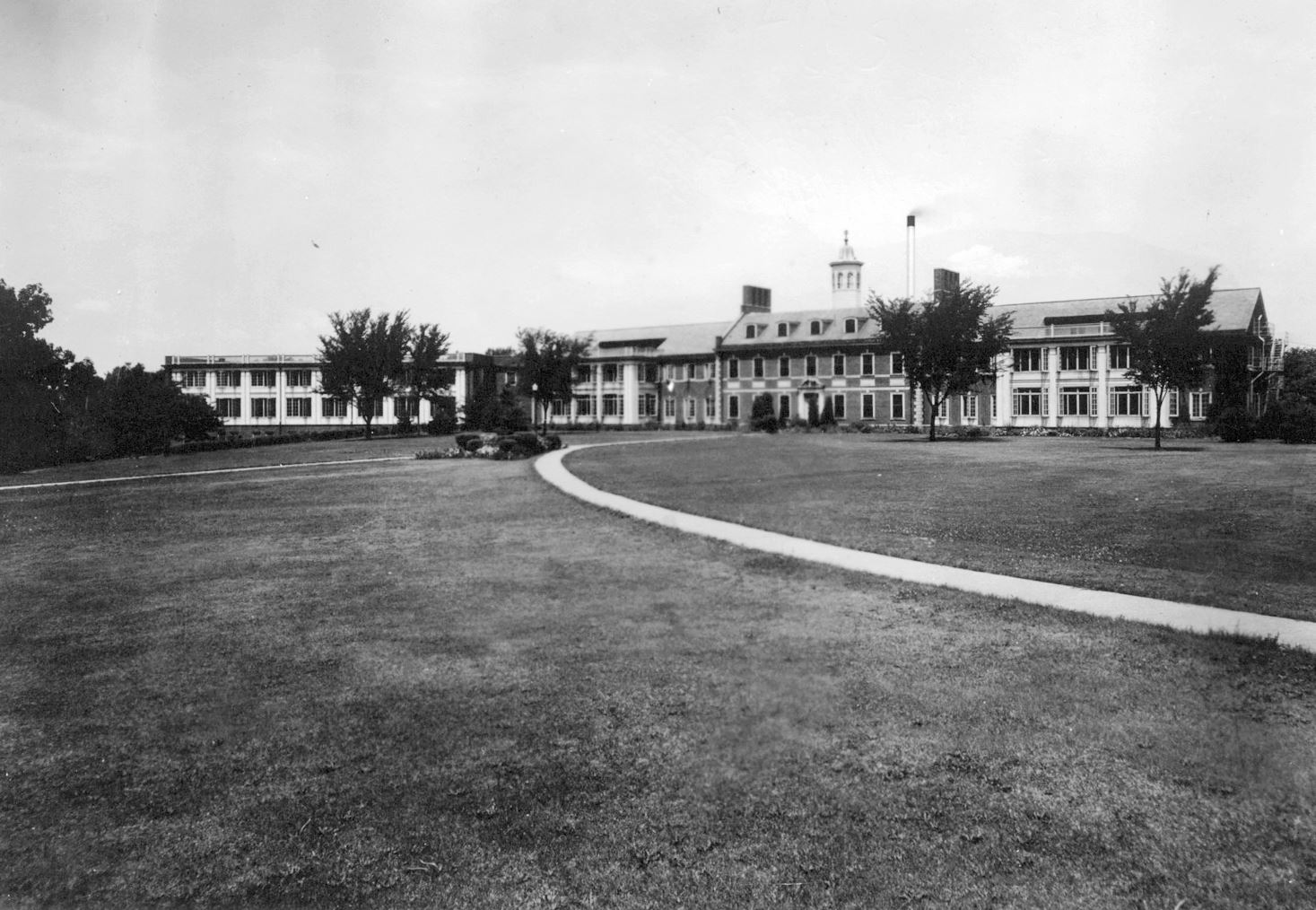
Nursing and Medical Education
Broadlawns nursing school, originally founded as the Samaritan Hospital Training School for Nurses, graduated over 1,050 nurses before closing in 1974. In 1927, Broadlawns was approved to train medical interns—a program that has since grown into a robust Family Medicine Residency with 24 residents and four transitional positions.
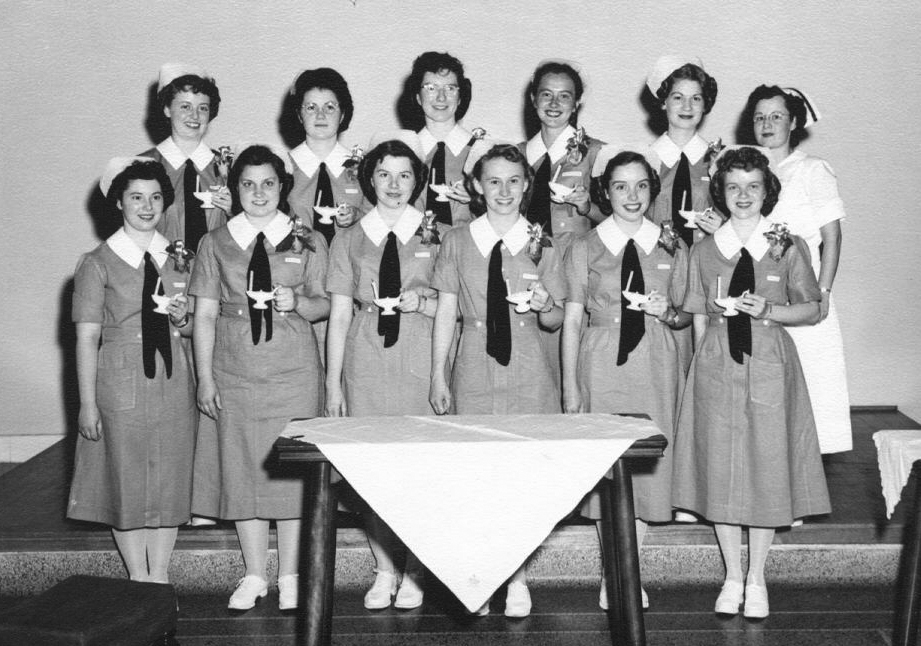
Expanding Services (1940s to 1980s)
In 1951, a five-bed psychiatric unit was established, growing over time to meet mental health needs, including services for adolescents. The Sidney L. Sands Center opened in 1980 as a 147-bed mental health facility named in honor of Dr. Sidney Sands, who directed psychiatric services for over 15 years.
In 1973, the Family Health Center was built as both a clinic and a training site for medical residents. In 1979, the name was officially changed to Broadlawns Medical Center.
Modernization and Specialty Care (1990s-2000s)
In 1991, a major addition expanded surgical, obstetric, pediatric, and intensive care services. Broadlawns introduced advanced surgical care and became known across Iowa for its expertise in foot and ankle care, particularly in diabetes-related complications.
In 2008, Broadlawns began a master site plan to meet growing demand. New outpatient clinics were created for podiatry, orthopedics, and general surgery. A primary care clinic was added, focusing on continuity of care.
Mental health services expanded with additional inpatient beds and improvements to treatment spaces. In 2009, community groups helped enhance outdoor and shared spaces to improve patient comfort.
A New Era of Growth (2010s)
In 2010, a new emergency department opened with advanced trauma areas and mental health observation rooms. A new main entrance and medical office building followed, housing a growing number of specialty clinics.
Pediatric care expanded through a partnership with Variety – the Children’s Charity. Renovations continued into 2012 with updates to the morgue, operating rooms, and inpatient units.
In 2014, Broadlawns celebrated its 90th anniversary with new specialty clinics including the Interventional Pain Center and Geriatric and Memory Center. The Laser Vein Center of Iowa opened, offering advanced vascular treatments. Cancer care and eye care services were expanded as well.
By 2015, construction began on the Broadlawns Medical Plaza, a 72,000 square-foot clinic space. New services included a pain management center offering integrated care with physical therapy and mental health support.
In 2016, new residency housing opened and Broadlawns expanded urgent care and primary care services at its East University Clinic. That same year, Broadlawns took on mobile crisis and crisis observation services for Polk County.
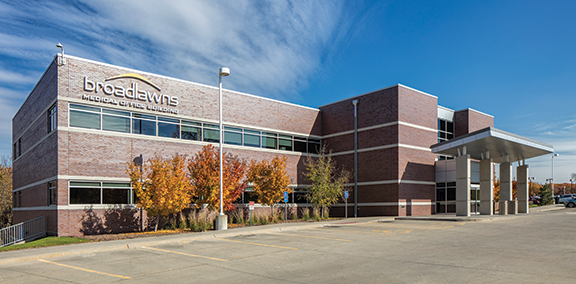
Expanding Access (2017-2019)
In 2017, the new Medical Plaza opened. It housed expanded dental, mental health, and family medicine services, as well as new areas for pain and memory care. A new inpatient mental health unit added 14 beds focused on treating depression.
In 2018, Broadlawns opened Iowa’s first psychiatric urgent care center. Electroconvulsive therapy was introduced for patients not responding to other treatments.
By 2019, Broadlawns was providing student health and counseling services for Drake University, and expanded its oncology services to improve cancer care. A new downtown clinic opened to increase access in south and central Des Moines.
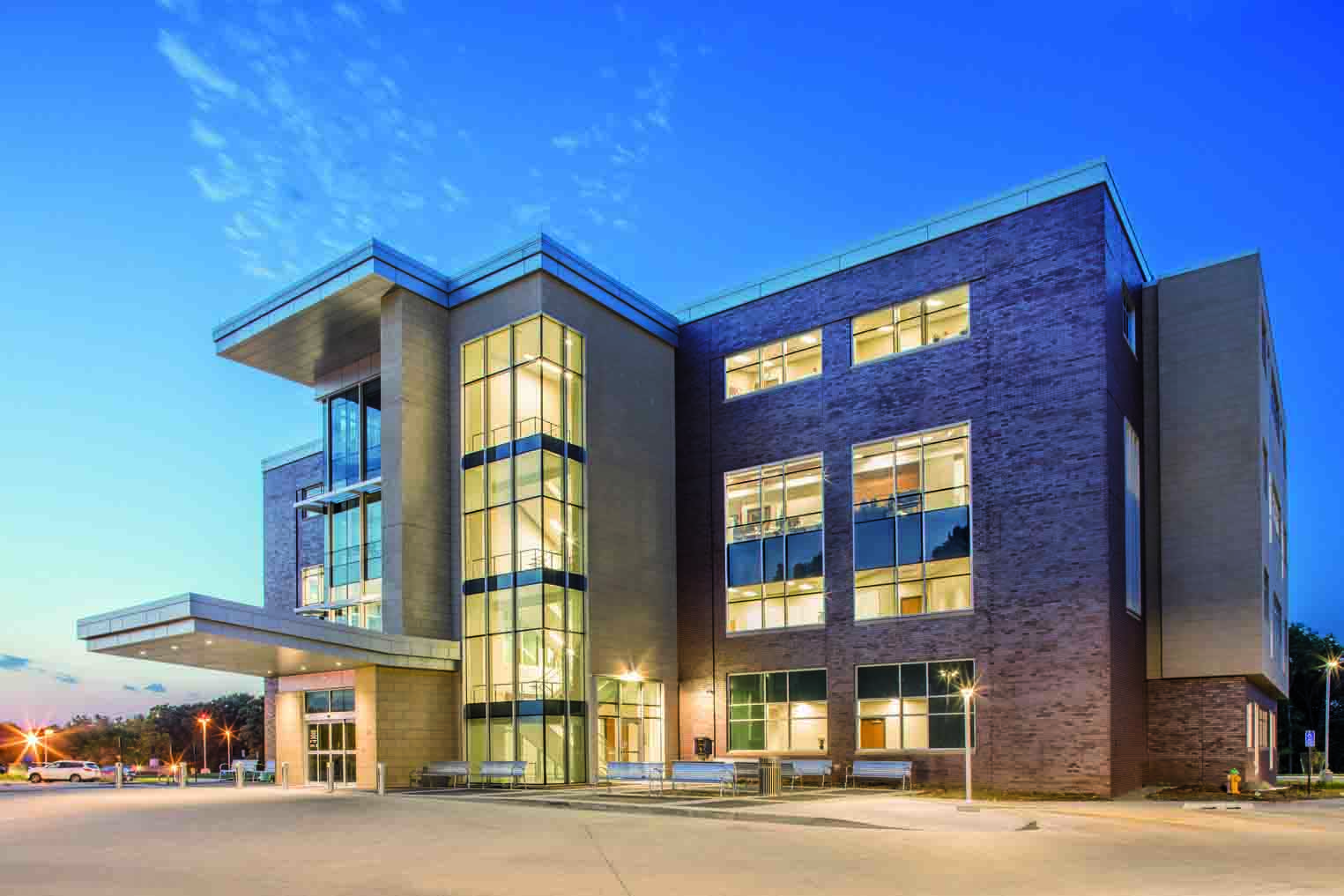
By 2019, Broadlawns was providing student health and counseling services for Drake University, and expanded its oncology services to improve cancer care. A new downtown clinic opened to increase access to primary care, urgent care and specialty services for downtown and south Des Moines residents.
Recent Developments (2020s)
In 2020, a major hospital expansion added labor and delivery suites, ICU rooms with advanced air handling, and single-patient med-surg rooms.
In 2023, Broadlawns opened the Community Clinic at Drake to serve both the neighborhood and university community with full-spectrum care. That same year, the Variety Pediatric Clinic was remodeled to enhance care for children with improved exam space, efficiency, and a welcoming mural by Iowa artist XO-LP.
Commitment to Care
Broadlawns Medical Center remains committed to providing accessible, high-quality care to everyone in Polk County. Through decades of expansion, innovation, and collaboration, Broadlawns continues to grow in service to the community’s changing healthcare needs.